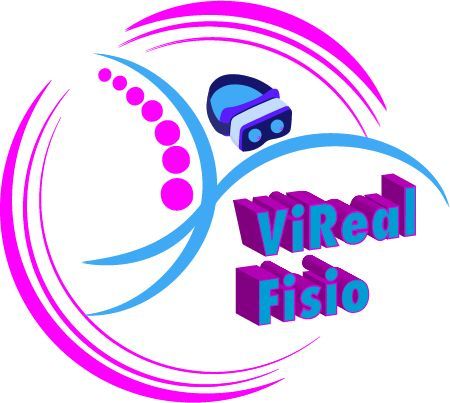virtual reality

NEUROLOGICAL REHABILITATION WITH VIRTUAL REALITY GLASSES
The great technological advance that has been taking place in recent years gives rise to the creation of new methods to help improve the quality of life of patients. Recently, many studies have appeared relating Virtual Reality and the field of neurorehabilitation.

WHY USE VIRTUAL REALITY FOR NEUROREHABILITATION?
- Interactive technologies offer advantages over a more conventional treatment, also based on motor learning and, in turn, neuroplasticity. Being a more playful treatment, it helps the person to motivate themselves and get involved in the treatment, forgetting for an instant and without making any apparent effort. Neurorehabilitation specialists are able to quantify the evolution of patients more accurately.
Virtual Reality is the simulation of an environment generated by a computer in which, through a human-machine interface, the user is allowed to interact.
When working with Virtual Reality, there is interaction (in real time) and immersion (feeling of being inside a virtual world).
VIRTUAL REALITY ALLOWS YOU TO CARRY OUT EXERCISES THAT GET TOGETHER THE KEY PRINCIPLES FOR WORKING IN NEUROREHABILITATION:
- REPETITION: repeat patterns without the patient having the sensation of always doing the same thing. SENSORY FEEDBACK: the patient has to know if they are doing it right or wrong for correct learning. MOTIVATION: it is still a game adapted to physiotherapy techniques in which you have to beat the machine, but for the patient it is a playful game and they forget about their illness by advancing in their rehabilitation and, therefore, improving their quality of life.
BENEFITS:
- Better therapeutic results thanks to the enhancement of neuro-plasticity mechanisms. Improvements in reaction time in the upper extremities, improvements in hand-eye coordination, decreased risk of falls, greater stability and balance, increased coordination, more agile and functional movements...Important psychological effect to improve quality of life.Assess evolution in a more objective way.
INDICATIONS:
- Acquired brain damage (stroke, stroke, tumor, surgeries...) Neurodegenerative diseases (Alzheimer's, Amyotrophic Lateral Sclerosis, Friedreich's Ataxia, Huntington's Disease, dementia, Parkinson's, spinal muscular atrophy...) Neuromuscular diseases (spinal amyotrophies, dystrophy Steinert myotonic, muscular dystrophies, diseases of the neuromuscular junction, inflammatory muscle diseases, congenital myopathies, myositis, cerebral palsy, hereditary sensory-motor neuropathies, paralysis...)Back pathologies with involvement of the SNP.Fibromyalgia.Spinal cord injuries.People of the third Age.
VIRTUAL REALITY IS A METHOD THAT, ADAPTED TO PHYSIOTHERAPY, CAN HELP MANY PATIENTS TO IMPROVE THEIR QUALITY OF LIFE, DUE TO THE WORK THEY DO AND DUE TO THE PSYCHOLOGICAL EFFECT IT PRODUCES.
Time
- Mon - Fri
- -
- Sat - Sun
- Closed








